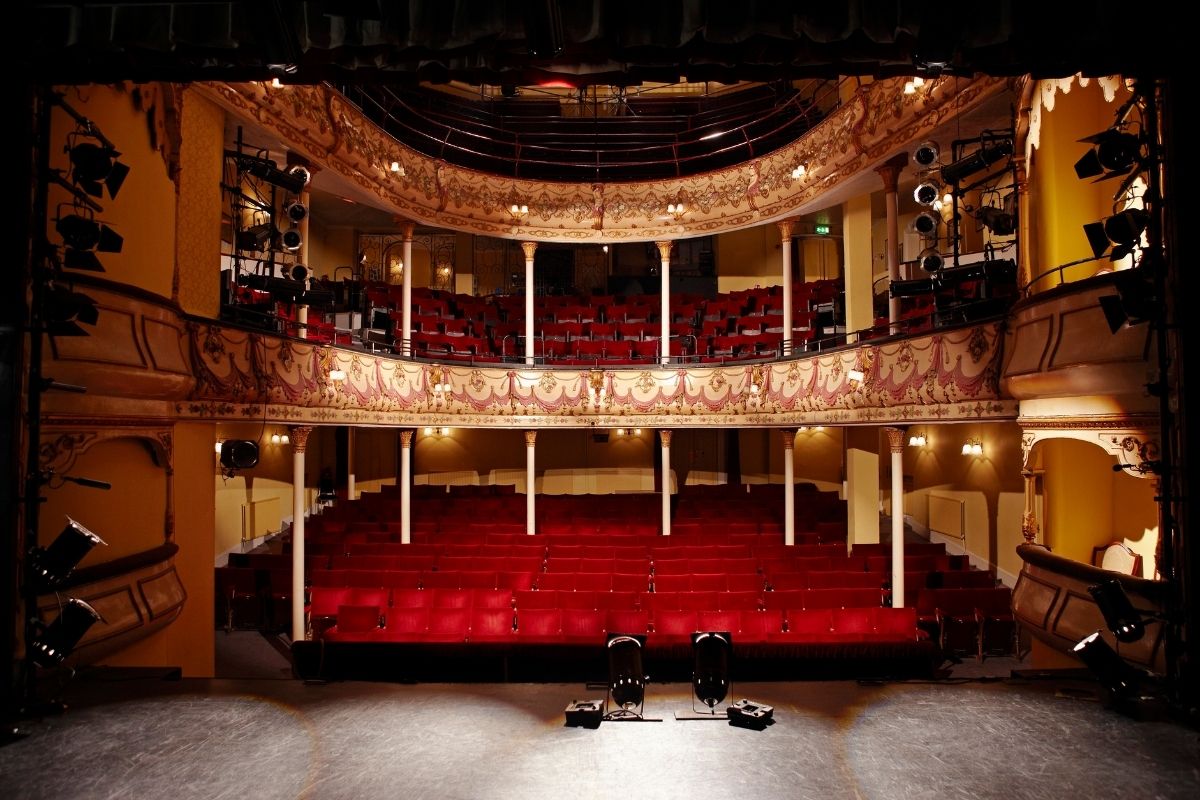What Are the Benefits of Cross-Promotion in Performing Arts?
One thing you can do in the theater world is to raise money for another organization. That might sound counterintuitive to anyone in performing arts education. Why would you do that? According to Malini Singh McDonald, it can be easy to miss the benefits of cross-promotion and raising money at an event.
Speaking from her own experience, McDonald explains, “We did a one-night event, and it was for the LGBT Center. And what we did was my friend — and actually my conspirator — he had a play that he just wanted to get up and heard.” The two worked together on a reading of the play and created some price points around it.
McDonald continues, “I love a raffle because I can sell raffle tickets. You want me there at your matinee performance doing that. But that is also key because people will spend money on that.”
At that one-night reading, her performing arts team was able to raise money through raffles for another organization. As McDonald puts it, “So now this other organization knows that there’s this play out there, and you use all of that in your marketing materials.”
Robert Galinsky offers similar advice for anyone in online performing arts education. He recommends, “When you’re putting up a production, you’ve got to align yourself with lots of different people, lots of different organizations. I discovered this when I was in Hollywood.”
Galinsky talks about a time when he was putting on a show and doing everything he could to get people in the seats. The show was packed every night until the end of the run.
The plan was to do another run, but he couldn’t imagine putting the energy into getting people into those seats again: “That’s all I spent my time doing [was] driving an audience to the show.”
Instead, he decided to adapt. “I called every organization in LA that deals with homeless people,” he shares, “and said, ‘Let’s do a pop-up benefit show for your staff, your audience and your clients.’ And every one of them responded positively.” Galinsky received feedback like, “Oh my gosh, yes,” and, “That’s a great idea.”
When he started to do his show, he didn’t go through the normal theater channels. Instead, he used the organizations’ audience base. Those people were interested in the subject matter. They wanted to see the show, so it was a perfect fit.
Before taking his show to LA, Galinsky spent months ahead of time researching all of the organizations that served people experiencing homelessness. Once he set dates for his theater, he sent the organizations carte-blanche invitations. Their entire staff and anyone they wanted to invite would get free seats. He explains, “You work hard; you work with this population. I want you guys to have a treat. Come in, see my show for free, and give tickets away to your volunteers, your staff, whomever.”
During this time, Galinsky had an agreement with his investor. They knew that they weren’t going to make their money back on ticket sales, so the investor was fine with papering the house and loading up seats.
Every single night, at least four organizations that served people experiencing homelessness were present at the show. Beforehand, Galinsky told each one that they could have 30 seconds during the talkback at the end of the performance to pitch their organizations. They could tell the audience who they were, what they did and whom they served.
As Galinsky recalls, those organizations packed the seats. To sum up the experience, he reflects, “The thing you have to remember now is I put my butt on the line here, because if the material wasn’t authentic, if the material wasn’t real, I had people who deal with homeless people every single day watching this. They would have been disgusted with what I was doing. Thankfully, the work was good. The work was solid. And they would come up to me and go, ‘I saw my client today. I saw two of my clients on stage. I deal with that guy every day. The one who was begging for cigarettes, I see him every day.'”
